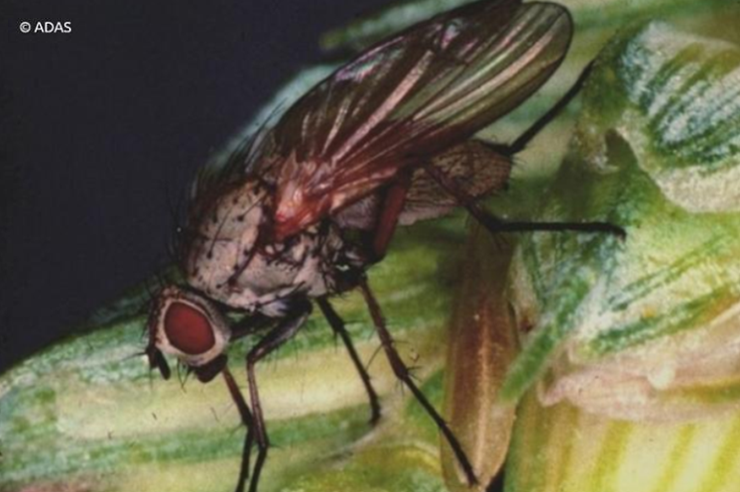Winter Wheat Update – November 2020
2 November 2020Pests
The results of the SRUC annual survey of wheat bulb fly egg populations showed an average of 1.2 million wheat bulb fly eggs/ha, which is below the damage threshold for early sown wheat (2.5 million eggs/ha) but higher than the threshold for later sown-wheat (1 million eggs/ha). No fields that were tested this year had zero eggs present, with the highest count being 6.5 million eggs/ha. Just over 40% of the fields tested had egg counts exceeding 1 million eggs/ha. Consequently, there is a greater risk than usual this season of wheat bulb damage when eggs hatch in late January/February next year. Fields particularly at risk are those after potatoes, field vegetables and fallow that sown with wheat from mid-October onwards (or spring barley next year). The only option for mitigating wheat bulb fly damage in these crops is the seed treatment Signal 300 ES. Nothing can be done once the crop is in the ground and no insecticides are available for use at egg hatch or when deadhearts appear next year.
Slugs
Wheat crops are particularly vulnerable to slugs up to GS12; beyond this stage they can usually grow away from any further damage. The later-sown the wheat, the longer it takes to emerge and consequently the more time there is for slugs to inflict damage to the seed and shoots. For this reason, avoid sowing wheat too deep, as this prolongs even further the time needed to get to GS12. Generally, a pre-emergence application of pellets with a follow up post-emergence if damage is seen tends to do the job.
Sign up to the FAS newsletter
Receive updates on news, events and publications from Scotland’s Farm Advisory Service

